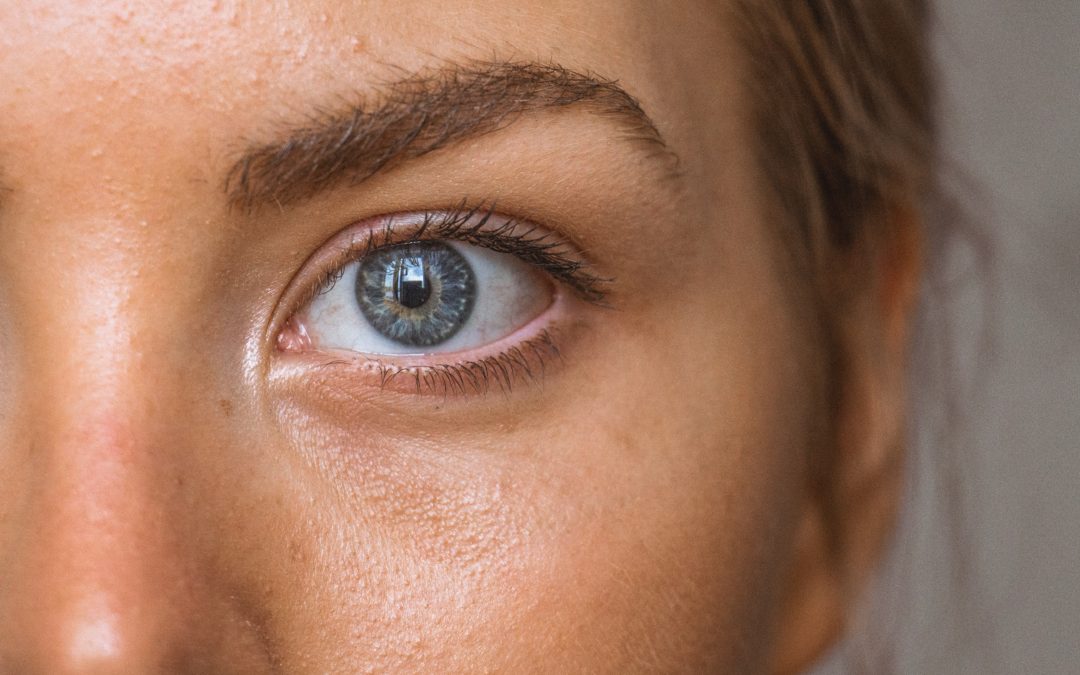Plus Lifestyle Tips to Prevent Itchy, Dry Winter Eyes
Dry eye is an irritating and itchy condition that can make it hard to ignore the pain and focus on the task at hand. During the colder, dry months of winter, there is often an increase in dry eye cases.
Dry eye happens when your eyes don’t make enough tears to keep your eye wet, or when your tears don’t work correctly. This dryness is what causes the uncomfortable sensation of scratchiness, burning, stinging, and redness. Dry eye can also lead to vision issues, such as sensitivity to light and even blurry vision.
Who is at Risk of Dry Eye?
Anyone can get dry eye, but there are some factors that may make it more likely that you could get dry eye. These risk factors include:
- Age 50 or older
- Being female
- Wearing contact lenses or having a history of refractive surgery
- Not getting enough Vitamin A or Omega-3 Fatty Acids
- Have certain autoimmune conditions, such as Lupus or Sjögren syndrome
If you have prolonged signs and symptoms of dry eye, be sure to visit your eye doctor to determine what treatment is right for you.
How Can I Prevent Dry Eye?
If you experience dry eye, it’s important to pay attention to which situations are most likely to cause your symptoms and then try to avoid those situations. Here are a few lifestyle changes you can make to help prevent dry eye from occurring.
- Avoid air blowing in your eyes: don’t direct heaters, air conditioners, fans, or hair dryers toward your eyes.
- Add moisture to the air: use a humidifier to add moisture to indoor air.
- Wear wraparound glasses: block wind and dry air by wearing wraparound glasses or adding safety shields to the tops and sides of your glasses.
- Take eye breaks: during long tasks, take periodic eye breaks by closing your eyes for a few minutes or blinking repeatedly for a few seconds to help spread your tears more evenly.
- Be aware of your environment: higher altitudes, desert areas, and airplanes can all be extremely dry so close your eyes for a few minutes at a time to minimize evaporation of your tears.
- Position your computer screen correctly: place your computer screen so it is below eye level so that you don’t have to open your eyes as wide to view the screen.
- Stop smoking: quit smoking and avoid secondhand smoke, which can worsen dry eye symptoms.
- Use artificial tears regularly: if you have chronic dry eye, use drops recommended by your provider to keep your eyes well lubricated.
How is Dry Eye Treated?
Your eye doctor may suggest different treatments or procedures to help treat or alleviate your dry eye. Let’s take a look at some of those treatment methods.
Prescription medications are often used to treat inflammation and may also be in the form of antibiotics.
Prescription eye drops are used to treat inflammation and contain corticosteroids. However, these are not ideal for long-term use.
One type of procedure to help reduce tear loss is closing your tear ducts. Your tear ducts help drain tears away and these can be partially or completely closed. There are also tear duct plugs, which are removable, or a treatment that uses heat, which is a more permanent solution.
There are special contact lenses designed to help those with dry eye. These special lenses protect the surface of the eyes and trap moisture.
Optilight light therapy is a non-invasive solution (approved by the FDA) that can help to treat dry eye. Optilight uses pulsed light to treat severe dry eye. It reduces inflammation by destroying abnormal blood vessels that perpetuate inflammation. Each Optilight session takes about 15 minutes with your provider, making it easy to fit these treatments into your busy day.
If you suffer from dry eye, Black Diamond Eye Care is here to help you. Our comprehensive family eye care services can help determine which treatment method is best for your dry eye, whether that is prescription medication or Optilight light therapy. Say no to dry eye by making an appointment today!




